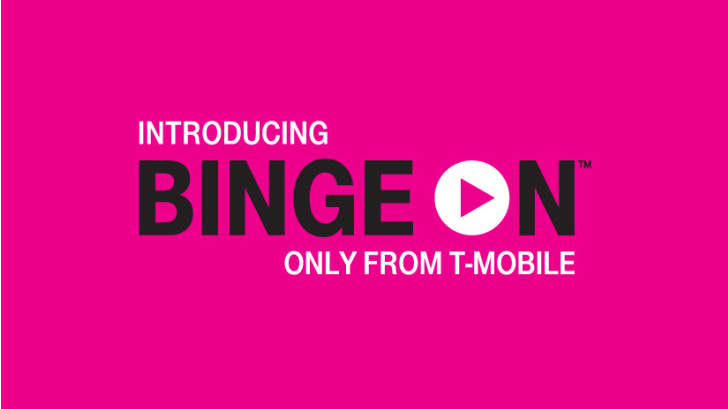Listen, I don't really have a problem with Binge On itself - it's a pretty nifty value-add for T-Mobile customers that allows them to throttle all their video streamed over mobile data to 480p, in exchange for some of that video (Binge On partner services, like Netflix, but notably not YouTube) not counting against their plan's data cap. I consider this a "pretty fair deal." In exchange for reducing the burden of video bandwidth on T-Mobile's network, you get to stream all the [partnered] OK-quality video you want. It's nice!
But T-Mobile has come under fire - and I think rightly so - for the fact that Binge On is an opt-out service that does not explicitly disclose to subscribers just what they've automatically signed up for. Namely, throttling the quality of video streamed over T-Mobile's data network. Now, we can argue technical semantics about just what throttling is all day, all week, and probably into eternity. But on its face, here are the facts about how Binge On works.
- Binge On identifies a type of traffic - video - when a subscriber is using T-Mobile's data network.
- Any traffic identified as video is then, by whatever means, not allowed to stream at a rate above 480p.
- This has the effect of putting a hard cap on the amount of bandwidth allocated to a subscriber for video streaming - a cap different from that on other data types - at any given moment.
Is all video identified? No. Is all video capped at exactly the same bitrate? No. But when Binge On is turned on, your video traffic is being treated differently than normal traffic, and under typical network conditions, that difference generally results in a degradation of service versus if the feature were not turned on. In my dictionary, that's throttling, regardless of any ability to opt out. YouTube and other non-BingeOn partners agree. Now, in T-Mobile's dictionary, which is a marketing dictionary that would very much like to avoid the FCC's wrath, it of course is definitely not throttling. T-Mobile gave this statement to DSL Reports on the subject:
Using the term “throttle” is misleading ... We aren’t slowing down YouTube or any other site. In fact, because video is optimized for mobile devices, streaming from these sites should be just as fast, if not faster than before. A better phrase is “mobile optimized” or a less flattering “downgraded” is also accurate.
OK, sure, "optimizing." Getting back to reality: can you opt out of this throttling? Yes. But the issue here is that T-Mobile isn't giving customers the full picture of just what it is they've automatically been enrolled in, and the party that will come under fire for reduced video quality isn't just T-Mobile, but the services whose video quality has suddenly been reduced. Most customers likely have no idea what "throttling" is, but they do understand that their YouTube videos suddenly look a fair bit blockier than they did a couple of months ago, and they're probably just as likely to point the finger at YouTube for that as they are T-Mobile.
It seems all but inevitable that the FCC is going to be forced to weigh on in this, especially given that Google and YouTube are among the open internet's strongest advocates, and have come out against T-Mobile's program. A simple solution would seem to be to make Binge On an informed opt-in - rather than a partially-informed opt-out - and that all but guarantees T-Mobile's enrollment in the program will drop, and video bandwidth usage will go back up. Clearly, such a change would not be in T-Mobile's best business interests.
We'll be watching how this one unfolds, as it's likely to continue to do, over the coming months.
Source: DSL Reports

